Search
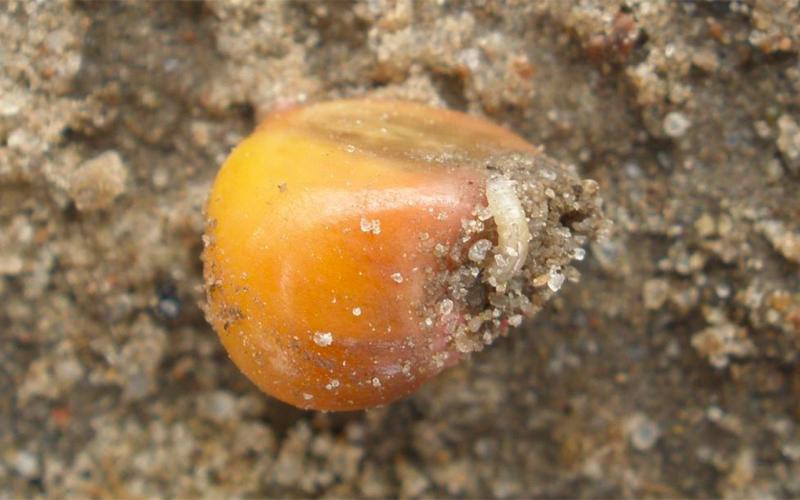
Seedcorn Maggot Degree Day Activity Estimates: May 27, 2021
In South Dakota, we have accumulated enough degree days across the state that the peak emergence of the overwintering seedcorn maggot population has passed. In most of South Dakota, we are at peak emergence of the second generation or slightly past it.
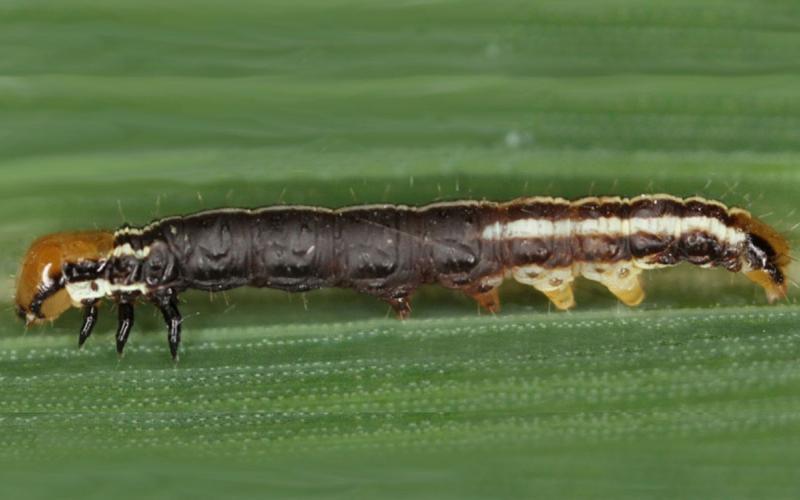
Common Stalk Borer Activity Estimate: May 27, 2021
Throughout South Dakota, we still haven’t accumulated enough degree days for common stalk borers to begin moving into corn, which is a good thing. At this point in time, common stalk borer activity is still going to be limited to weeds and grassy weeds.
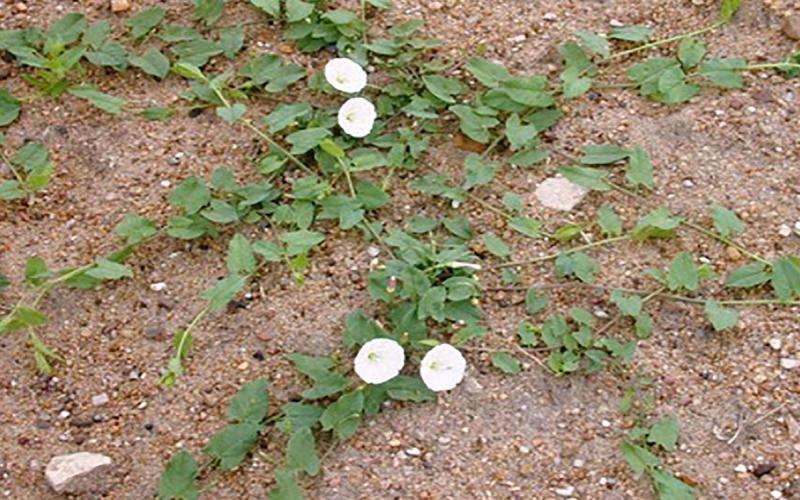
Field Bindweed Control in Yards and Gardens
Field bindweed is one of the most-serious weed problems in South Dakota. Learn some tips for identifying, managing and controlling this invasive weed in your yard and garden before it becomes an issue.
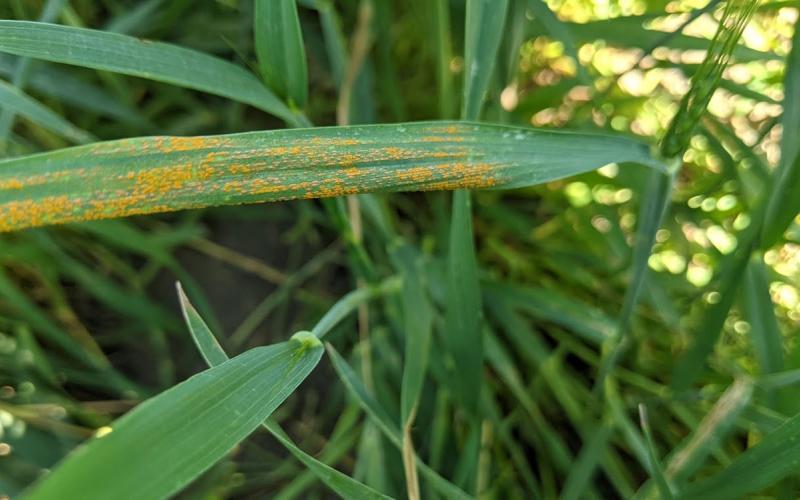
Stripe Rust Starting To Develop in Winter Wheat
Stripe rust was found in a few winter wheat fields scouted this week. The presence of a few plants with stripe rust indicates there is inoculum of this pathogen in the state.
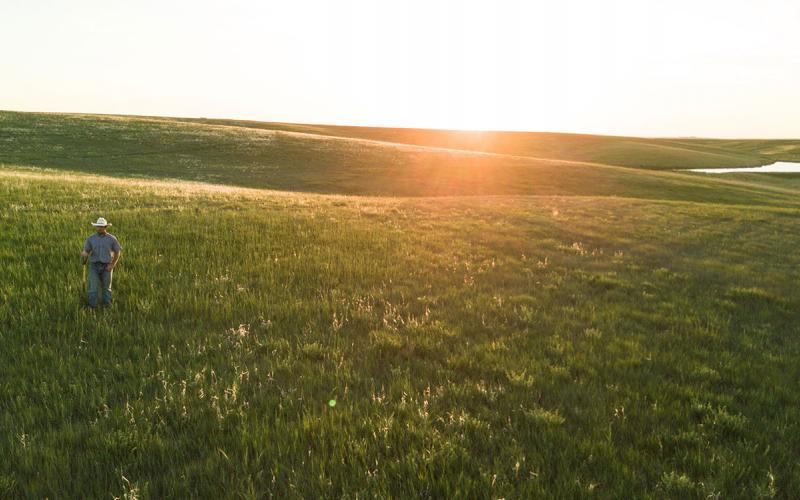
Grassland Fertilization: Terminology and Economics
This article is the first in a series of six focused on helping producers understand the pros and cons of grassland fertilization. We begin by learning some of the basic terminology and information related to fertilization.
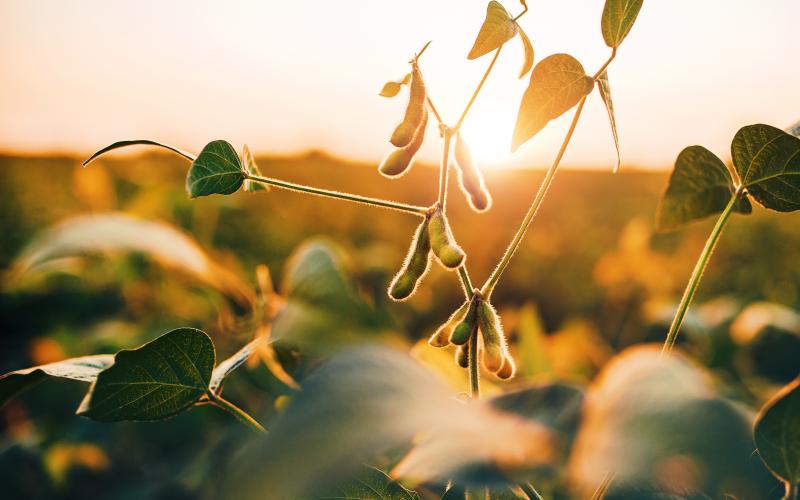
Next 'Notes from the Field' Webinar to be held June 4
June 01, 2021
South Dakota growers and agribusiness professionals are invited to join soybean research and Extension specialists from land-grant universities across the country as they host the monthly webinar series, "Science for Success: Notes from the Field."
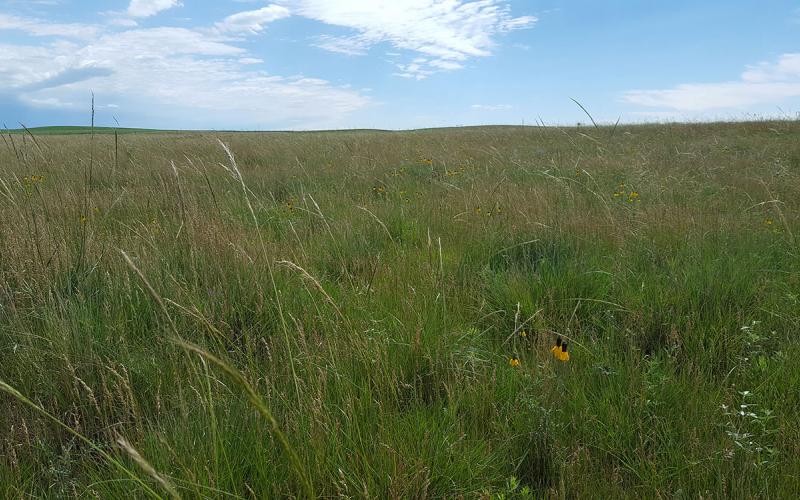
Grassland Fertilization: Ecology
In the first article in this series, we discussed basic terminology and economics. This article focuses on the ecological impacts of fertilization in various grassland plant communities, including native rangelands and prairies.
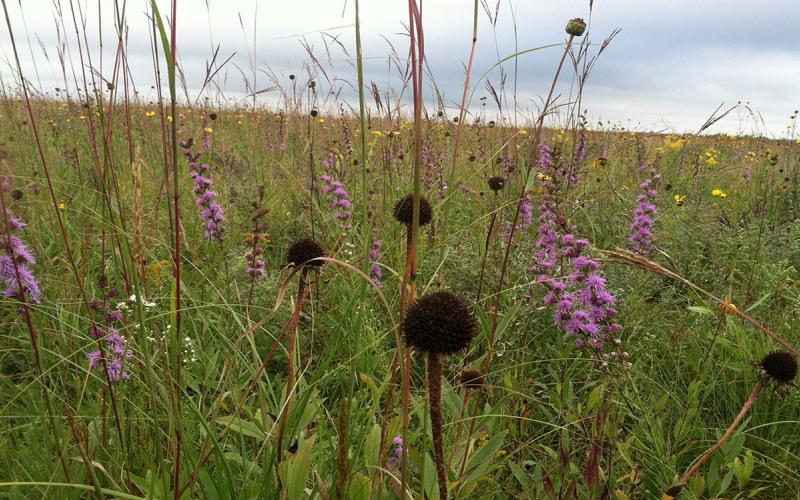
Grassland Fertilization: Native Pasture Case Studies – McPherson, Deuel, Grant and Clark Counties
Even our best native pastures, rangelands and prairies suffer from at least some level of invasion. Within this reality lies a wide gradient of quality of native grasslands that is largely influenced by past and present management.
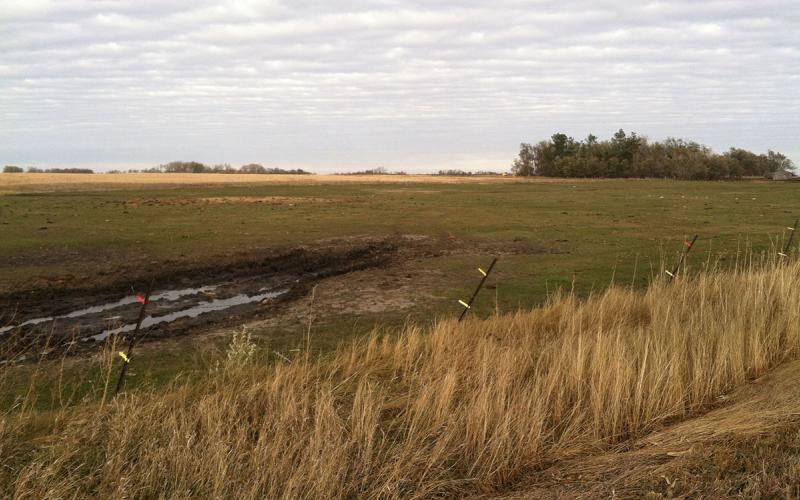
Grassland Fertilization: Native Pasture Case Study - Hamlin County
Whether fertilization pays or not depends on the species present, the past management history and the type of grazing strategy. This study compares two very different plant communities that represent typical pastures and management schemes in this area.
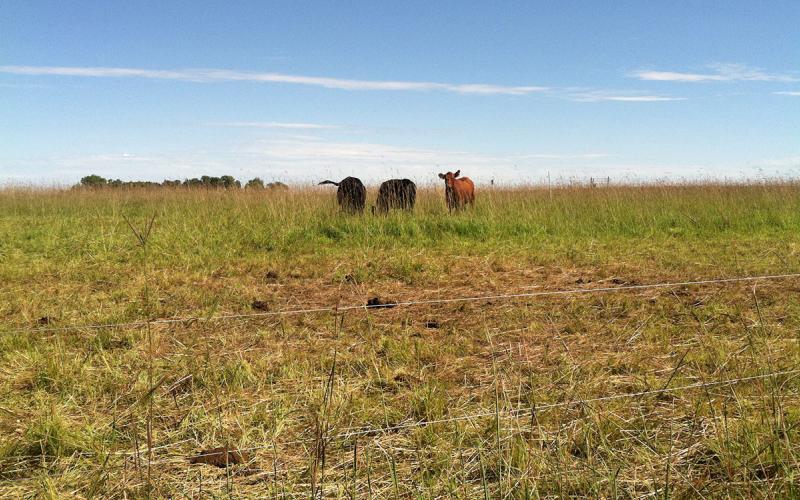
Grassland Fertilization: Native Grass Planting Case Study - Codington County
Management goals of planted grasslands are an important driver in the consideration of whether fertilizer applications will be beneficial or harmful. Here, we will discuss various plant communities and the impact of fertilization on each.